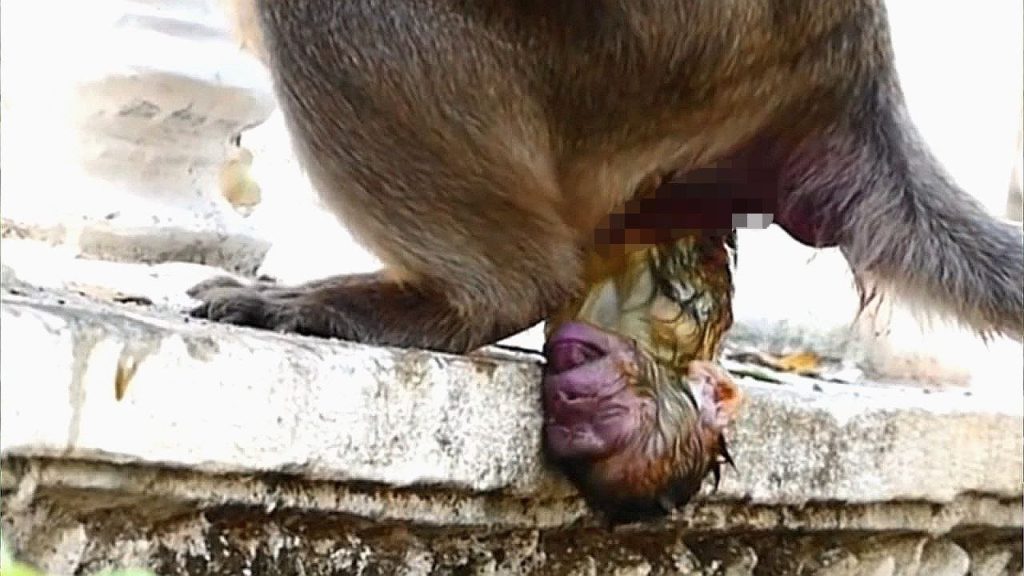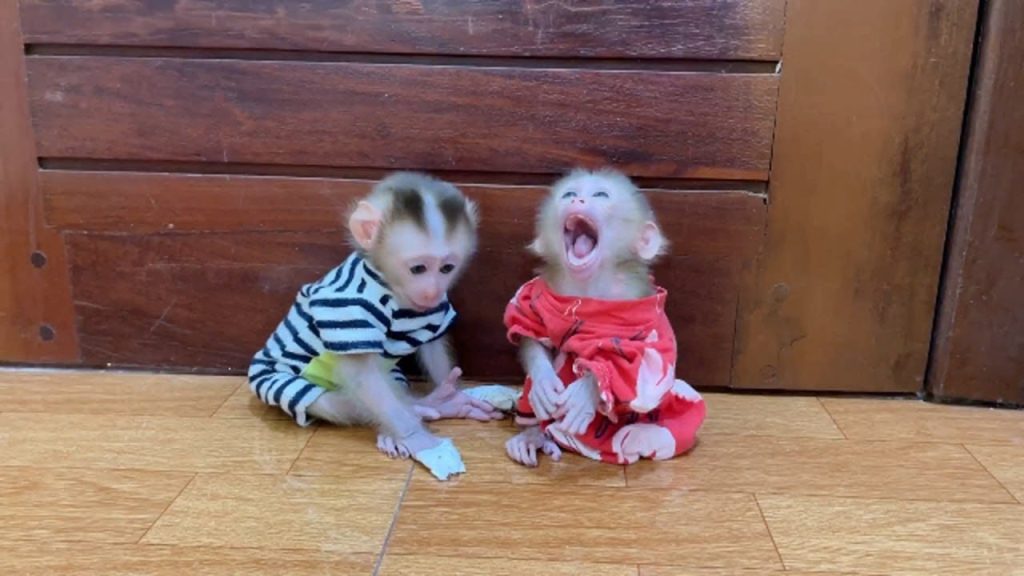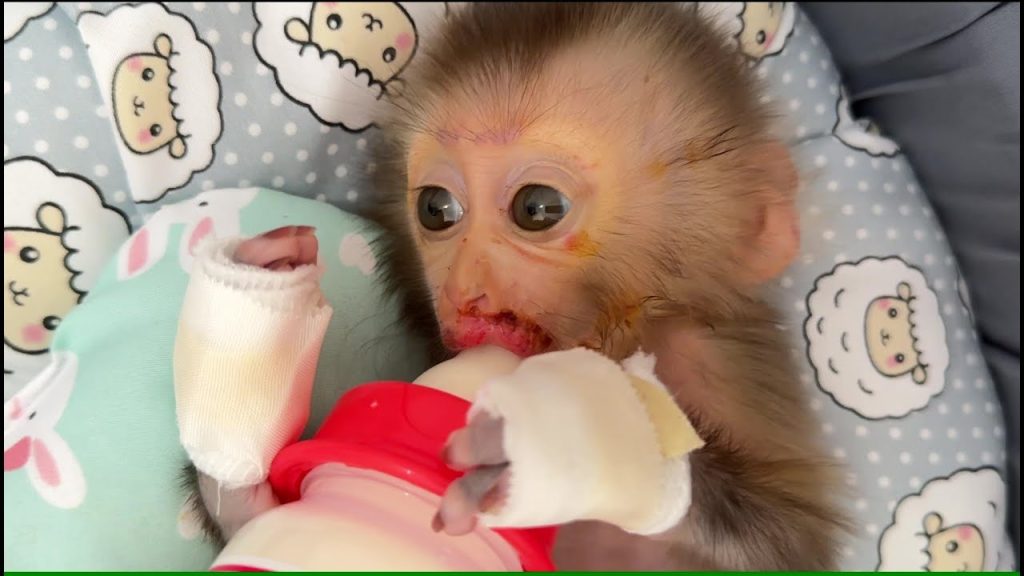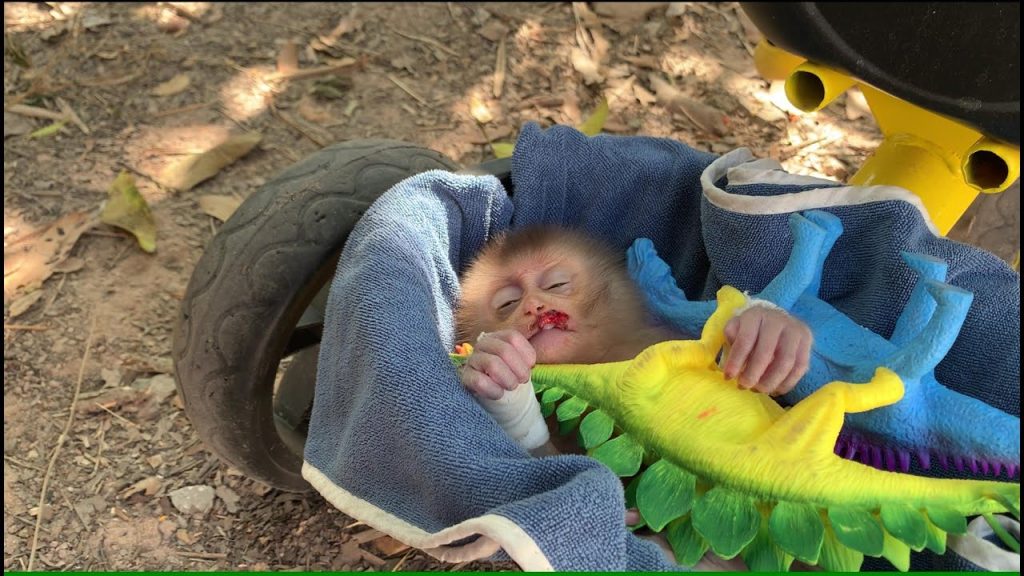
In the dense forests and open villages where humans and monkeys often cross paths, “catching” a wild monkey is not a matter of sport but of responsibility. Sometimes a monkey is injured, sick, orphaned, or creating conflict with people. In such cases, wildlife teams must step in—not to harm, but to rescue, treat, and protect. Catching a wild monkey is a task filled with challenge, skill, and respect for the animal’s life.
The process begins with observation. Monkeys are intelligent, cautious creatures; they notice every movement, every sound. Wildlife officers or rescuers must study the troop carefully, identifying the individual in need. Whether it is a baby abandoned by its mother, a monkey with a visible wound, or one trapped in a dangerous human-made area, the rescuer must plan with patience. Rushing in would only cause panic.
Once identified, tools are carefully prepared. Rescuers may use nets, humane cages with food bait, or tranquilizer darts—depending on the size of the monkey and the urgency of the situation. Each method is designed to minimize stress and injury. A simple mistake could cause chaos, leading the monkey to flee, fight back, or even harm itself.
The moment of capture is the most intense. A net swoops gently but firmly, or a cage door clicks shut as the monkey steps inside for fruit. Sometimes, if tranquilizers are used, the team must wait for the animal to calm before approaching. Throughout, safety is critical—for the monkey and the humans alike. Monkeys are fast, strong, and capable of sharp bites if threatened.
When caught, the monkey’s cries may stir alarm in the troop. Other members might scream or even attempt to defend their companion. Rescuers must act swiftly yet compassionately, calming the situation and securing the animal without unnecessary struggle. The goal is never domination—it is rescue.
Once the monkey is secured, the real work begins. Injured animals are taken to wildlife centers for treatment. Broken limbs, infected wounds, or malnutrition are addressed by veterinarians. Orphaned babies are bottle-fed, given warmth, and sometimes introduced to surrogate mothers or human caretakers. Adult monkeys causing conflict in villages may be relocated to safer habitats far from human settlements, reducing risks for both sides.
For the mother monkey, watching her baby taken can be heartbreaking, but in many cases, intervention is the only way to save the infant’s life. For humans, the sight of a monkey inside a cage can be difficult, but it is important to remember the purpose: care, healing, and eventual freedom.
Catching monkeys in the wild is not just an act of physical capture—it is an act of balance between human responsibility and animal welfare. Each rescue tells a story: of danger turned into safety, of pain turned into healing, and of survival in a world where humans and monkeys increasingly share space.
In the end, every successful capture and release is a reminder that protecting wildlife is not about control—it is about compassion, respect, and giving creatures like monkeys another chance at life.


